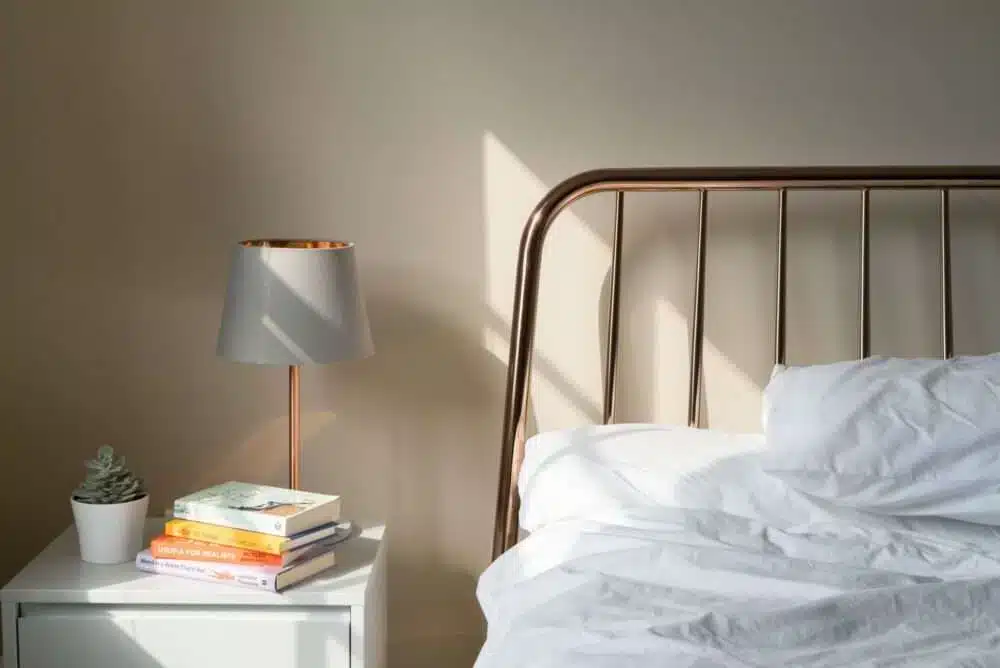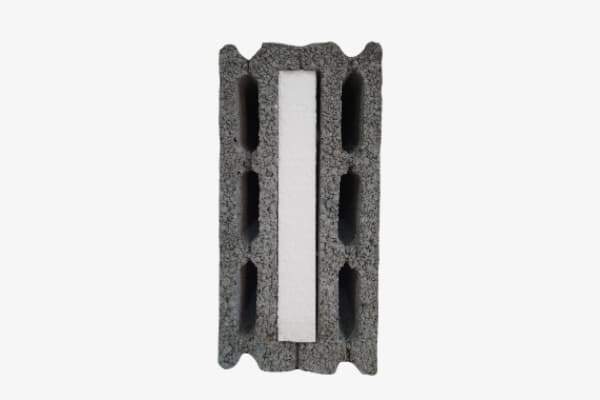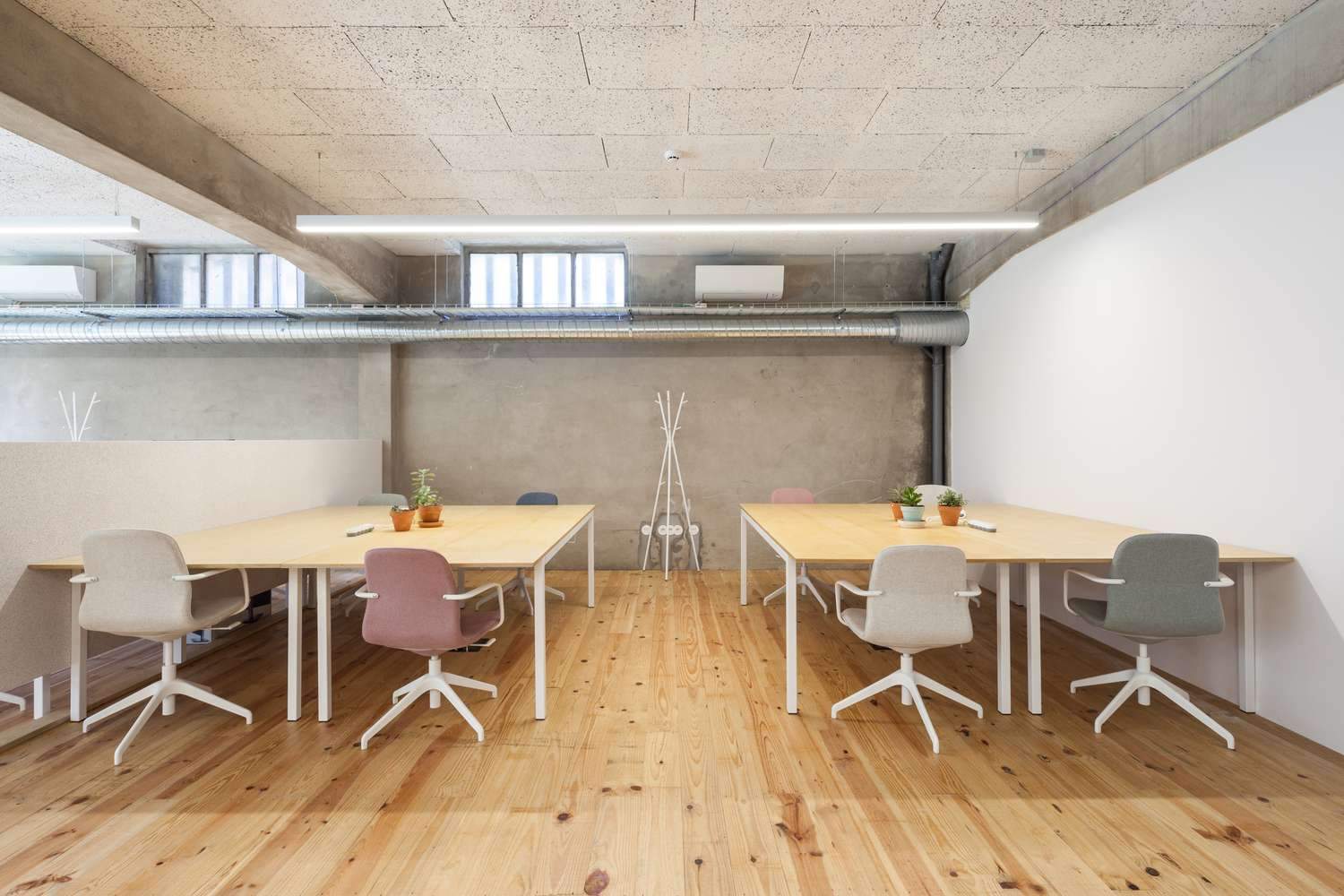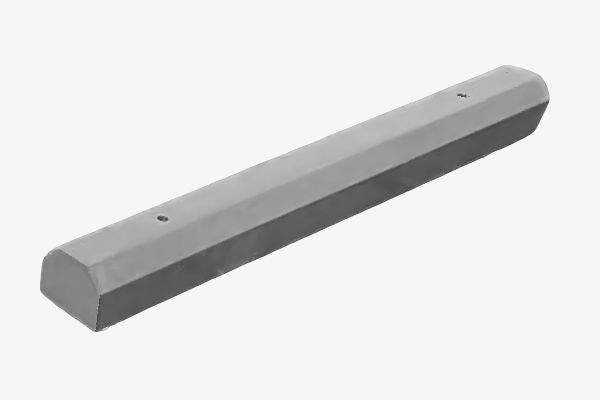Using metals in interior design can add both aesthetic and functional value to interior spaces. They’re not just decorative elements—they play a vital role in enhancing the design of a room and giving it a personal touch. Metals can be used in various ways throughout the home, from the living room to the bathroom, kitchen, and private bedrooms.
In this article, we’ll explore how to smartly integrate metals into the interior design of each room in your home, focusing on colors, shapes, and materials that complement each space. We’ll also highlight available options and common mistakes to avoid when using metals indoors.

Living Room: Add Warmth with Warm-Toned Metals
The living room is one of the most important areas in the house, where guests are received and family members gather. For this reason, incorporating metals into this space requires thoughtful selection.
- Copper and Gold : These are excellent choices for adding visual warmth to the room. Studies show that warm tones like gold and copper help create a welcoming and cozy environment (source: U.S. Department of Housing and Urban Development – HUD.gov).
- Pairing with Jewel Tones : Such as deep green or rich blue, enhances elegance without appearing over the top.
- Complementary Materials : Use luxurious fabrics such as velvet or high-quality cotton to balance shine and warmth.
| Metal Type | Recommended Use | Suitable Color |
|---|---|---|
| Gold | Picture frames, door handles, lighting | Dark green, royal blue |
| Copper | Decorative items, ceiling lights | Light gray, beige |

Kitchen: Start with Small Details
The kitchen is the ideal place to experiment with metals without pressure, as most items can be hidden if they don’t suit your taste.
- Copper Cookware : Offers both practical and decorative value. It affects not only the kitchen’s appearance but also cooking performance due to its thermal conductivity.
- Bronze and Stainless Steel : Provide a balance between functionality and aesthetics, especially when combined with wood or marble.
- Rose Gold : Adds a feminine and elegant touch, though it requires regular maintenance to stay shiny.
| Material | Benefits | Precautions |
|---|---|---|
| Copper | Good heat conductor, luxurious look | Requires regular cleaning |
| Stainless Steel | Durable, rust-resistant | Scratches may appear |
| Rose Gold | Adds refined elegance | Prone to wear over time |

Bedroom: Subtle Integration of Metals
The traditional view of metals being “masculine” or “industrial” has changed, and they are now seen as a smart decorative element suitable for bedrooms.
- Warm-toned metals such as copper or rose gold provide a warm and relaxing atmosphere.
- Mixing different tones of the same metal adds visual depth without exaggeration.
- Avoid Overuse : It’s best to use metals as secondary decorative elements, such as drawer handles or side lamps.
| Metal Type | Atmosphere Created | Best Use |
|---|---|---|
| Copper | Warm, natural | Mirror frames, side lamps |
| Silver | Cool, calm | Decor items, window frames |
| Rose Gold | Elegant, soft | Small furniture, drawer handles |

Bathroom: Try Darker or Matte Finishes
Bathrooms often feel cold and impersonal. Here comes the importance of using metals creatively.
- Matte or Dark Metals such as brushed steel or unlacquered brass offer a modern and non-traditional look.
- Focus on Details : Like door handles, faucets, or even the frame of a bathroom mirror.
- Combine with Wood or Warm Lighting : Prevents the feeling of coldness and balances the overall look.
| Metal Type | Overall Look | Best Match in Bathroom |
|---|---|---|
| Brushed Steel | Modern, practical | Faucets, door handles |
| Unlacquered Brass | Stylish, unconventional | Shelves, side lighting |
| Bronze | Dark, sophisticated | Decor items, cabinet handles |
ArchUp Opinion:
Using metals in interior design reflects a level of personal taste and attention to detail. However, caution should be exercised in overusing them, especially in small spaces, where they can cause visual clutter.
One downside not sufficiently addressed in the original text is the effect of lighting on metals. Some metals may reflect light uncomfortably and cause visual strain, particularly in rooms with direct lighting.
We recommend using metals carefully, while evaluating how well they match the overall style of the home. Also, it’s important to check the quality of metal products before purchase to avoid chipping or quick deterioration.

Frequently Asked Questions About Using Metals in Interior Design
Can I mix more than one type of metal in the same room?
Yes, you can mix metals, provided there is balance—such as combining copper and silver while emphasizing one as the main tone.
When should I use shiny metals versus matte finishes?
Shiny metals are suitable for large spaces and to add a bold visual impact, while matte finishes are better for smaller spaces or to reduce the sense of coldness.
Do metals require special maintenance?
Some metals like copper and rose gold need regular cleaning to prevent dullness or discoloration.
Summary Table of Key Points
| Room | Recommended Metal Type | Suitable Colors | Main Tip |
|---|---|---|---|
| Living Room | Gold, Copper | Deep green, royal blue | Use with luxurious fabrics |
| Kitchen | Copper, Stainless Steel | Beige, light gray | Start with small items like pots |
| Bedroom | Rose Gold, Silver | Light beige, pale gray | Don’t overdo usage |
| Bathroom | Brushed Steel, Unlacquered Brass | White, natural wood | Focus on small details |







